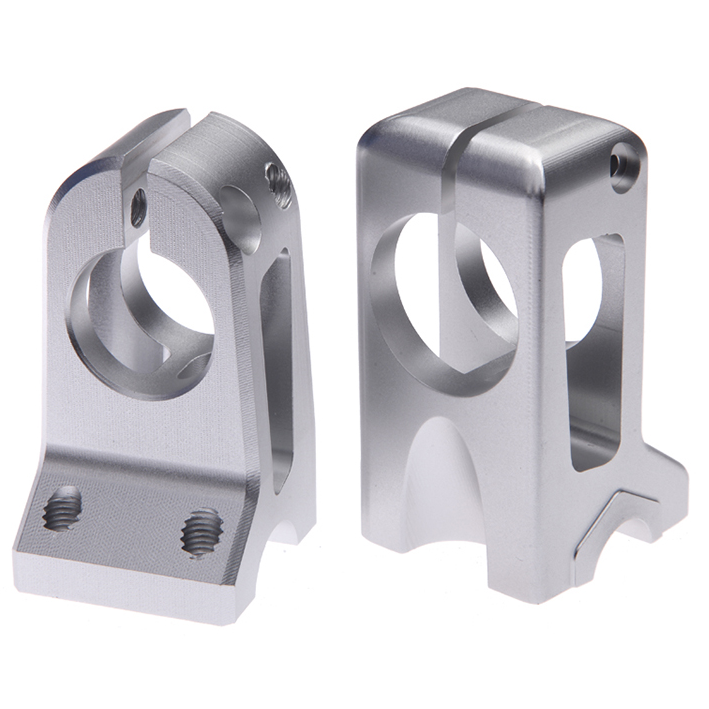Precision CNC Machining Aluminum Al6061 Parts
- Material: Al6061
- Treatment: Sandblasted Anodized
- Machining process –CNC roughing→ CNC finishing→ WEDM→ edge burr treatment →sandblasting and anodized
- Equipment used–CNC machine、WEDM machine
- Testing tools and equipment – Three-coordinate, Height gauge, profile projector
- Packing –5-layer corrugated paper outer box + bubble bag + pearl sponge
- Application fields: Automotive, Automation, Test systems, Sensors, Medical, Sports, Consumer, Home appliance, Electronic, Pumps, Computers, Power and energy, Architecture, Printing, Food, Textile machinery, Optical, Lighting, Security and safety, AOI, SMT equipment, etc
Description
Raw Material – Al6061-T6 Aluminum Alloy Rod
The main alloying elements of Al6061 T6 are magnesium and silicon, which provide medium strength, good corrosion resistance, good weldability, and excellent oxidation resistance.
Al6061 T6 is in the artificially aged state after solution heat treatment, and is suitable for products that do not undergo cold working after solution heat treatment (straightening and leveling can be performed without affecting the mechanical property limits).
CNC Machining Process – CNC 3-Axis Machining → CNC 4-Axis Machining
The 3-axis machining center has characteristics such as high cost performance, simple structure, and easy maintenance. Compared to 4-axis and 5-axis vertical machining centers, the 3-axis machining center is more cost-effective and lacks the complex auxiliary structures required by 4-axis and 5-axis machining centers, making it relatively easier to maintain.
However, the processing range of the 3-axis machining center is limited, and only one machining surface can be processed at a time. To expand its machining capabilities, the 3-axis machining center can be equipped with a fourth and fifth axis. With the addition of a fourth or fifth axis, the workpiece can be clamped once to process multiple surfaces, greatly enhancing machining flexibility.
Advantages of CNC Machining:
① The number of tooling is significantly reduced, and complex tooling is not needed to process parts with complex shapes. If the shape or size of a part needs to change, only the processing program needs to be modified, making it ideal for the development and optimization of new products.
② The machining quality is stable, with high precision and repeatability, which can meet the high-precision requirements of parts, particularly for aerospace components.
③ In multi-variety, small-batch production, production efficiency is high, reducing time for production preparation, machine tool adjustment, and process inspection. Using the optimal cutting parameters can also effectively shorten cutting time.
④ It can process complex profiles that are difficult to achieve with traditional methods, and even process some parts that are not observable with traditional techniques.






